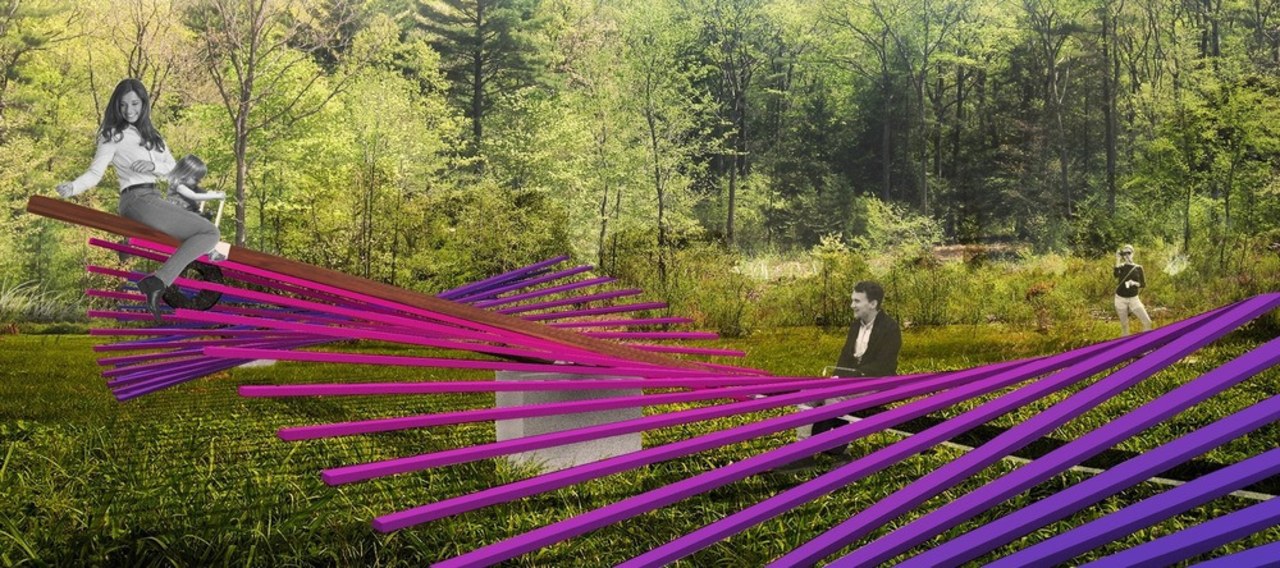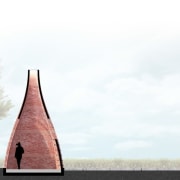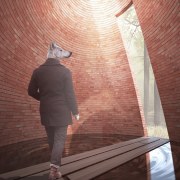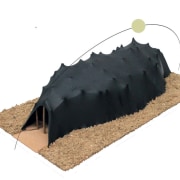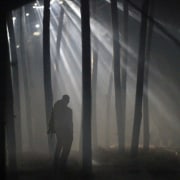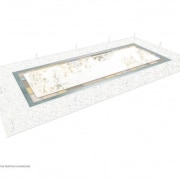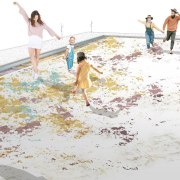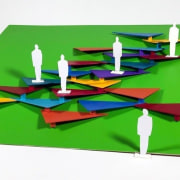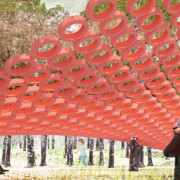The International Garden Festival: Playgrounds for people of all ages
The International Garden Festival Announces the Designers for its 20th Edition – with some extremely innovative and thought-provoking entries
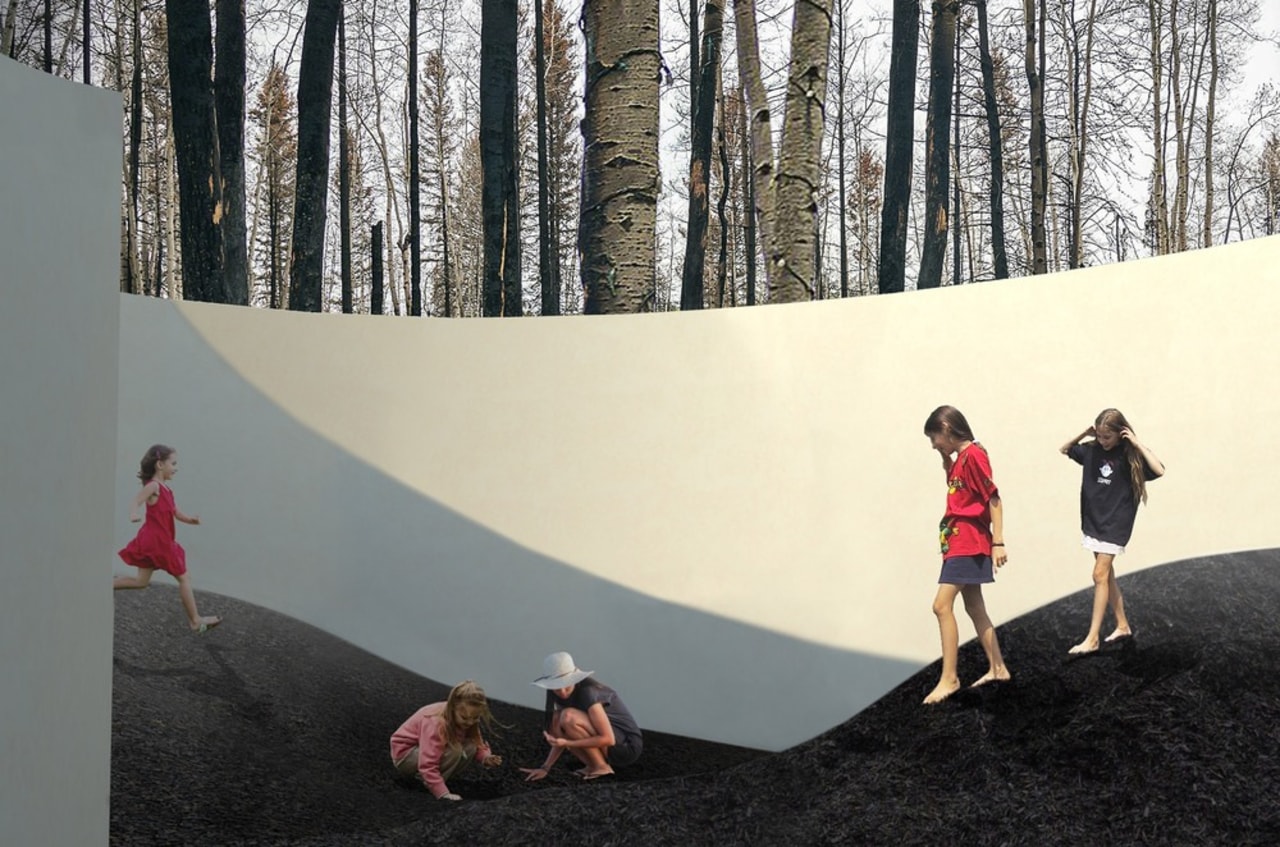
Six “Terrains de jeu” from Canada, France, Germany and Italy will offer fun for everyone during the summer of 2019. Child-friendly without being childish, adventurous without being unsafe, the interactive spaces chosen for the 20th anniversary of the International Garden Festival will offer a colourful and creative playground of curated spaces.
The International Garden Festival is pleased to announce the names of the designers selected by the jury for the 20th edition presented at Les Jardins de Métis / Reford Gardens, from June 22 to October 6, 2019. Visitors will be invited to explore the twenty-seven contemporary gardens, and enter the interactive spaces created by more than eighty-five landscape architects, architects, designers and visual artists.
The 6 new gardens of the 2019 edition of the Festival, selected from 154 projects submitted from 28 countries, are:
Dirt ground by Silvia Bachetti & Agnese Casadio – Bologna, Italy
This installation is a terrain de jeux in its most essential, yet powerful meaning. The empty plot is framed by a wall and filled with rich soil. What would otherwise be seen as mere emptiness – a field of common dirt – becomes the very matter of the installation: a field for free play and imagination. Visitors entering the outdoor room are suddenly surrounded by dark dunes of soil, overwhelmed by the earthy smell and sense of warm humidity. Touching the dirt, barefoot jumping on the dunes, observing the process of natural transformation of the soil itself, is all part of the experience – no need for any other play equipment.
The installation invites visitors to reconsider their relationship with the environment. It enhances the importance of soil not only as a fundamental substrate for life, but also as a source of unrestricted fun and a space of freedom which needs to be preserved in our overly built cities.
Le dernier petit cochon by APPAREIL Architecture – Montreal, Quebec, Canada
The installation proposes to the walker of venturing into the imaginary of a well-known tale, this time in the skin of the big bad wolf. Yes the grass field and the path of wood are easily crossed, what's quite different is the structure of brick well anchored at the edge of the forest. The outcome is inevitable: the only way to get in is by the fireplace. Through his journey, the explorer will discover points unexpected views of the forest, mixing breakthroughs of light and mind games.
Forêt by Mathilde Leveau & Ronan Virondaud – Quebec City, Quebec, Canada & Le Mans, France
This space is bathed in dim light. The spokes of lights draw lines in space, crossing suspended water particles for come to land on the earth. The explorer's feet seek support on loose soil and slightly bouncing.
Through a vertical reading of the space, the installation highlights the essence of a wooded environment. The pierced canvas filters some sunlight through. It becomes visible in the fine mist that disperse jets at regular intervals. Life awakens in the substrate lining the ground. In the darkness, the senses of the visitor awaken.
This experience is outside of the garden – it is an immersive space at the bottom of which darkness magnifies the light. Forest is a staging, a strange and unexpected circus. It is the enclosed environment of dreams and imagination, the space which opens in our head.
The Colors of Métis by SOWATORINI Landschaft [Sebastian Sowa, Gianluca Torini] & sevengardens [Isabella Smolin] – Berlin & Essen, Germany
The playground is a canvas. The colours are locally extracted from soils, leafs and fruits.
The painters first put sponges under their shoes, provided at the round-gravel border area. After soaking the sponges with water, the painters walk through the colour-reservoir in the frame of the canvas. They step on the canvas and join in with the others on a large landscape painting. On warm days they also can walk barefoot through the colours and leave marks with their feet on the canvas.
At the end of the festival, the entire painting is split up and visitors can take parts of it with them.
The painting playground project is thinking the three categories of garden, art and intuitive play as a whole. The colours, whose raw materials are extracted locally, give the project a depth that goes beyond the beauty of the result, and defines beauty as an important condition of designing processes.
Making Waves by Ted Kesik, Cornel Campbell, Thevishka Kanishkan, Reesha Morar & Anton Skorishchenko – Toronto, Ontario, Canada
In physics, the kinetic energy of an object is the energy built up within it due to its motion. Building upon this idea, our team wanted to show how the motion of just two individuals could build up, expand, and multiply kinetic energy to create a spectacular wave of colour.
Visitors are invited to play on a seesaw, but will be surprised at how a familiar activity can have such unfamiliar and exciting results. The seesaw twists a flexible rubber belt onto which lightweight aluminium bars are affixed.
As the seesaw moves up and down, the belt twists and turns, and a wave of kinetic energy radiates from pink to blue as the aluminium planks oscillate. Increasing the speed and frequency of the seesaw’s movements result in more generated energy and more spectacular waves.
Our installation requires the kinetic energy of individuals to reach its full potential, and so its colours, shape, and familiar seesaw components emphasise the invitation for interaction. The fantastic displays of colour and movement created by kinetic energy allows each participant to “make waves” in their own way
Ici et ailleurs by José Luis Torres – Montmagny, Quebec, Canada
A place of freedom where all meetings are possible. The components of the installation appear to be assembled as triangular wooden platforms invite to explore, to appropriate and to rejoice as we see fit.
The general pattern of horizontally overlapping planes in a flexible, scenic arrangement seeks to imitate plate tectonics and offer a constantly changing sense of perspective.
This fun installation adapts to the geography of the amphitheatre at the same time as it emerges from the landscape as an oasis of colour.
The result is a sculptural device that invites the contemplation of the surrounding space and suggests different possible horizons in order to encourage the visitor to develop a wider reflection of the landscape before continuing on his way to the other gardens.
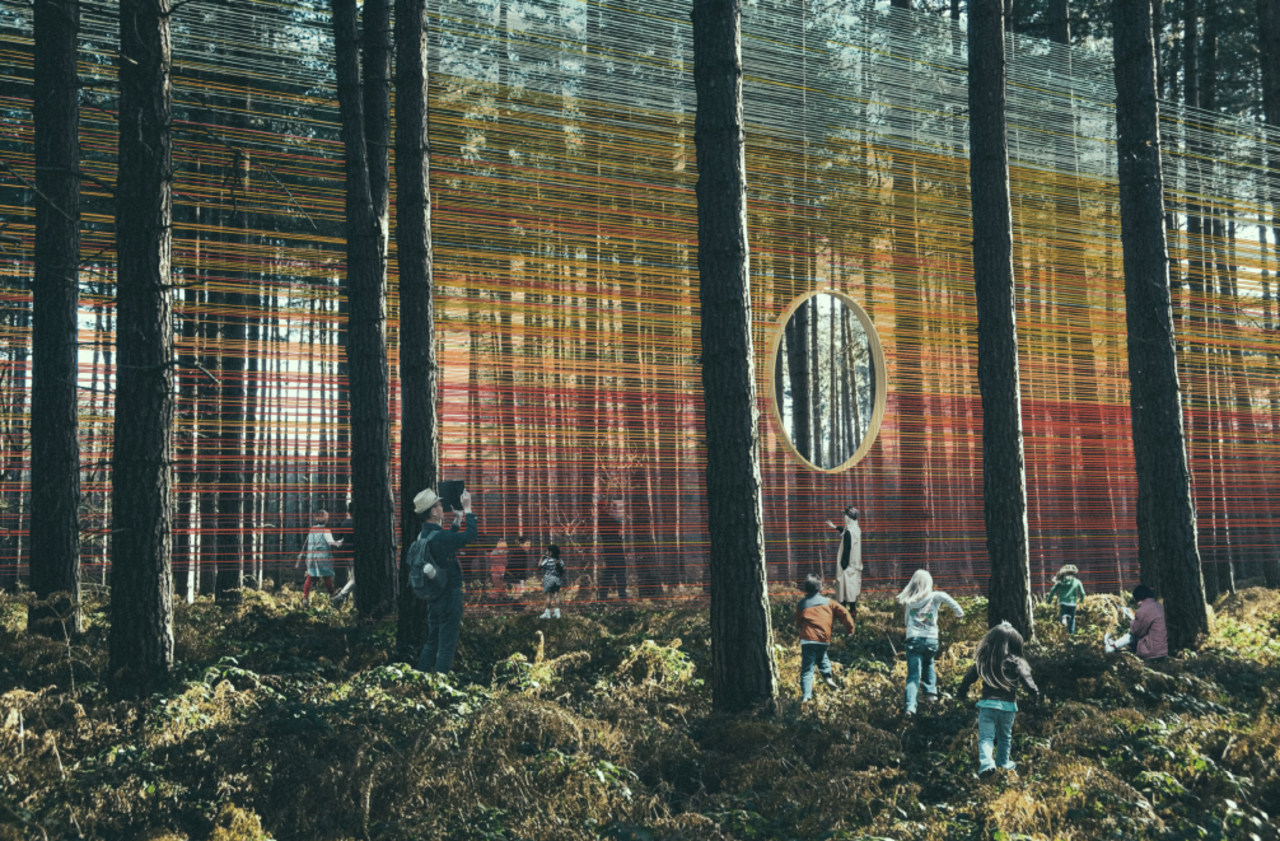
Two projects received a special mention from the jury:
Le grand hamac by Intégral Jean Beaudoin [Jean Beaudoin, Myriam Leclair, Gabriel Paquette-Méthé] – Montreal, Quebec, Canada
In 2013, there were more than 6,400,000 tires out of collected used in more than 7000 locations in Quebec. In 2018, Recyc-Québec reached the limit of his business opportunities and announced that he needed to develop new avenues of uses for rubber recovered.
The limitation of growth implies an awareness of the quantity of transformed objects that we produce, as well as the new stratum artificial that their accumulation generates continuously.
Like a "plastic island" discovered in the ocean we propose to place a unusual topography, consisting of 420 recycled tires, in one of the woodlots Métis gardens. At first sight, this "playground", such an installation in a kindergarten, invite to exploration and climbing. While offering a quirky moment, and "Instagrammable", the work will confine the trees in its frame and will cover a surface of 200m² – a small clearing of the Métis territory. When moving to another experience, when moving to another story ,
Under this "big hammock", this large drape manufactured objects, the visitor who has "taken the time" to explore, to go to the end of the installation, will take a fresh look at this precious parcel of our landscape natural... in danger.
Komerebi by Adrian Haibara Sanchez & Isabella Millington – Madrid, Spain
A fallen sun; not merely setting past the horizon, beyond the earth, but into it: the extra-terrestrial made earthly.
Komorebi is a Japanese word for which there is no direct English translation. It describes the effect of light filtered through the leaves of trees; it is a phenomenon which cannot be broken down into its individual parts. It does not describe the leaves, shadows, or the sun, but the interaction between the light and the trees.
This coalescence is abstracted, inverted: using the physical manifestation of the light, or the sun, this relationship can be explored in a tangible way. Rather than seeing the light through the trees, countless pieces of string comprise the physical manifestation of sunlight, through which the forest is seen and experienced. Much in the same way as an oil painting reifies the intangible sun through paint and canvas, Komorebi uses string and the existing structure of the forest to make the light corporeal, life-size. From certain viewpoints it melts with the forest like a watercolour, from others it obscures it and demands to be seen.
With minimal footprint, maximum impact is achieved; visitors can feel the sunset, manipulate it, slip beneath or climb through it. They are invited to interact with the natural garden differently, but it does not force the forest to yield to the human gaze. It adapts to and is informed by its surroundings. Komorebi, much like its namesake, is not the piece alone, but its interaction - the sun - with the forest.
_________________________________________________________
For more information about the International Garden Festival, visit their website.
Story by: Trends Ideas
Home kitchen bathroom commercial design


